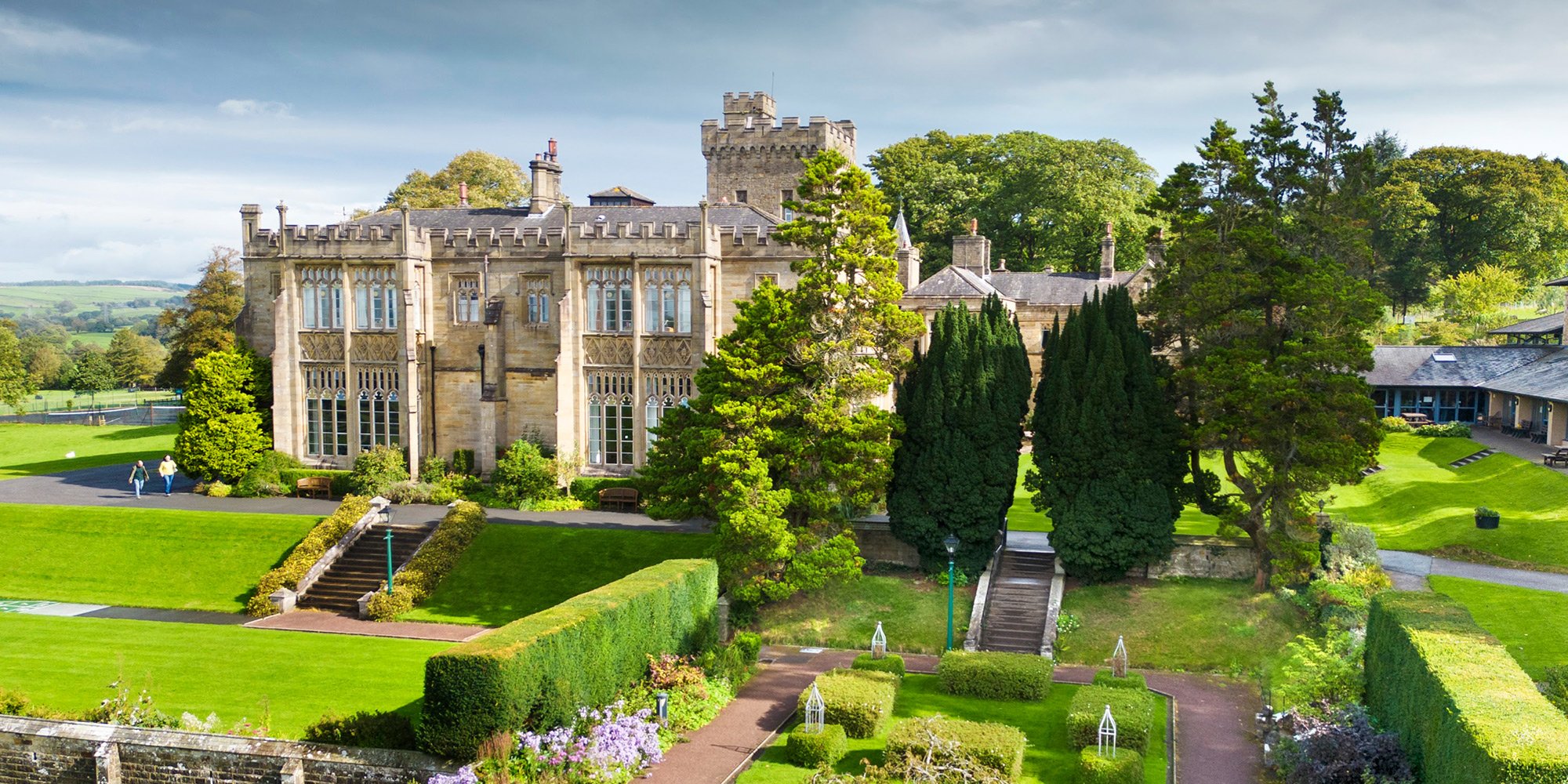Find Heritage at Risk on an interactive map. Move around the map to see what's at risk in your area or use the address search.
Heritage at Risk in the North West Revealed
Today, Historic England publishes its annual Heritage at Risk Register for 2023. The Register is the yearly health-check of England’s most valued historic places and those most at risk of being lost forever as a result of neglect, decay or inappropriate development.
Highlights from sites saved in 2023
Over the past year, 3 sites have been saved and their futures secured. Many have been rescued thanks to heritage partners and dedicated teams of volunteers, community groups, charities, owners and councils, working together with Historic England.
Capernwray Hall's 19th-century landscape is a fine example of formal gardens and informal parkland.
Recent efforts by the owners include restoring the Mawson rose garden, repairing the entrance terrace, and enhancing the north and south landscaping. A conservation management plan features tree planting, woodland restoration, and repairs to the River Keer steppingstone.
The estate was transformed into a missionary centre for young people, with visiting students participating in conservation projects.
Built in 1869, the Church of the Ascension was added to the Heritage at Risk register in 2014. Despite initial repairs to the roof and walls from 2015, a devastating fire in February 2017 left it in ruins, destroying timber, glazing, the roof and flooring.
Through the Church's hard work, community support, and professional expertise, the church was fully restored.
This award-winning project has successfully used traditional materials and techniques to restore lost or damaged elements.
Marple's 225-year-old Gothic-style lime kilns, named after industrialist Samuel Oldknow, processed limestone delivered by canal. The quicklime produced served purposes including mortar, fertiliser and textile bleaching. Neglect and loose masonry placed the kilns on Historic England's Heritage At Risk Register for over a decade.
With the committed work of the Friends of Oldknow's Lime Kilns and grants exceeding £90,000 from Historic England, Stockport Council and the Association for Industrial Archaeology, the kilns have been restored.
Highlights from sites added to the Register
In the North West, 6 sites have been added to the register because of concerns about their condition. They are at risk of being lost forever as a result of neglect, decay or inappropriate development.
St. Alphonsa's, a noteworthy example of Gothic Revival architecture by London's Joseph John Scoles, stands at the heart of the St. Ignatius Square Conservation Area, surrounded by Grade II listed terraces.
Built from 1833-36 to serve Preston's growing Catholic population during the 19th-century industrialization, it features stunning interiors with gold angel corbels, intricate stonework, mosaics, and marble sculptures.
Challenges include rot and masonry movement, prompting ongoing restoration efforts to maintain its historic significance.
Headline Statistics in the North West
The Heritage at Risk Register 2023 reveals that in the North West:
- 77 Buildings or Structures
- 139 places of worship
- 82 Archaeology
- 7 parks and gardens
- 72 conservation areas
…are at risk of neglect, decay or inappropriate change.
In total, there are 413 entries across the North West on the 2023 Heritage at Risk Register.
Get our email newsletter to find out more about Historic England's work and discover news and projects near you.





